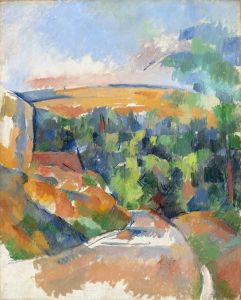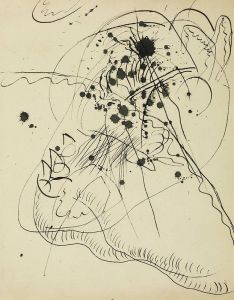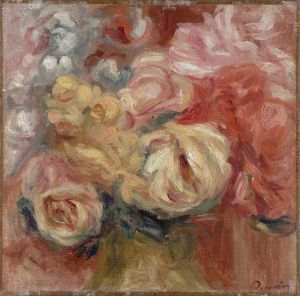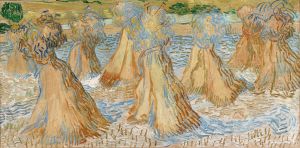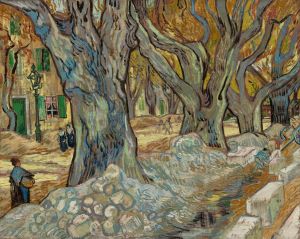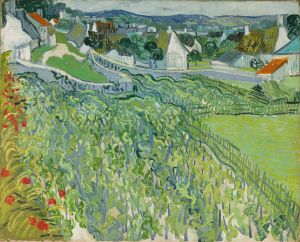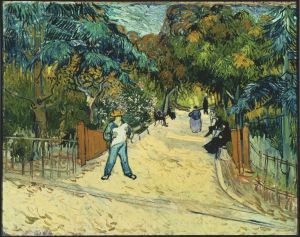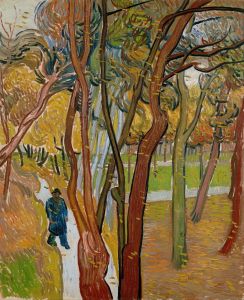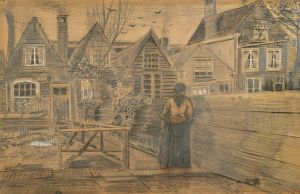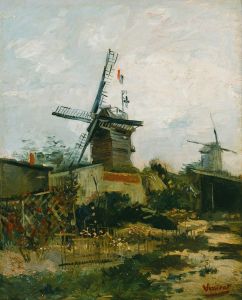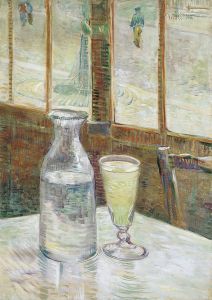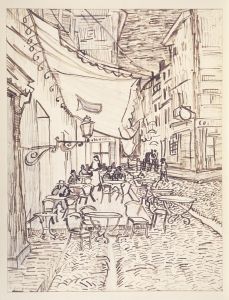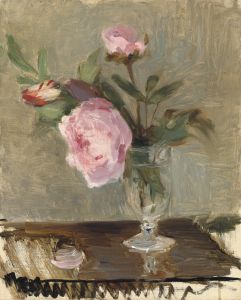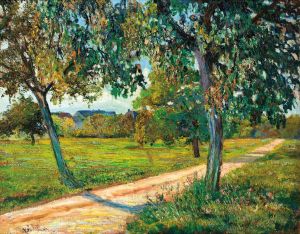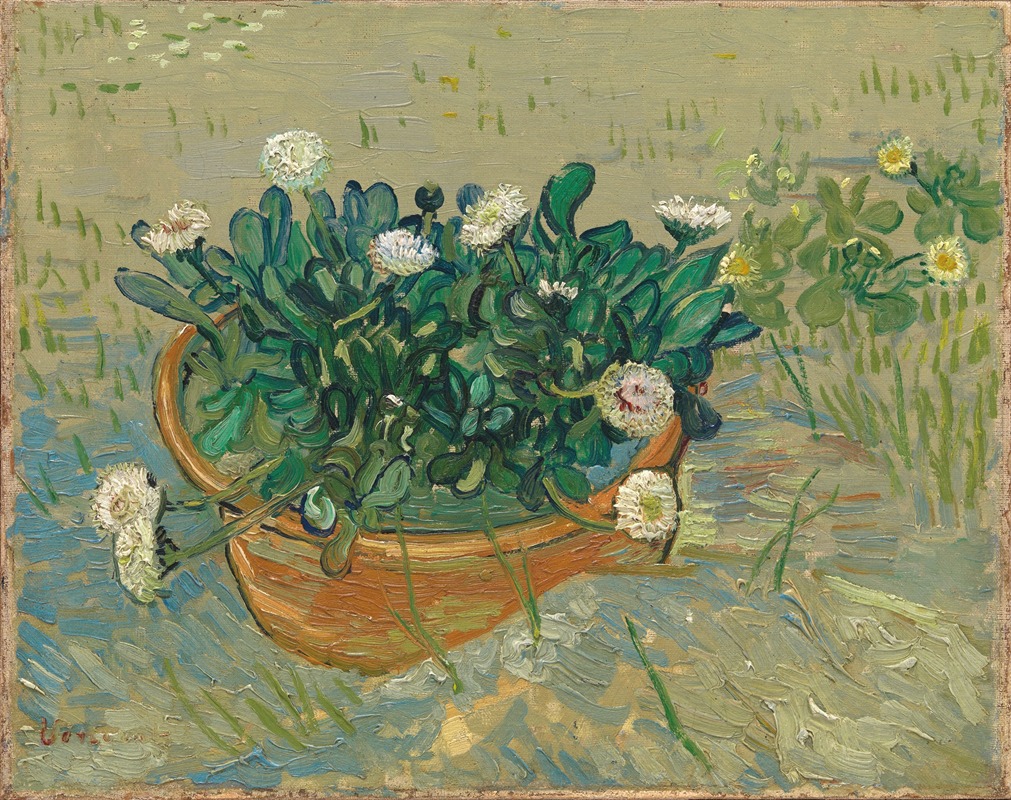
Daisies, Arles
A hand-painted replica of Vincent van Gogh’s masterpiece Daisies, Arles, meticulously crafted by professional artists to capture the true essence of the original. Each piece is created with museum-quality canvas and rare mineral pigments, carefully painted by experienced artists with delicate brushstrokes and rich, layered colors to perfectly recreate the texture of the original artwork. Unlike machine-printed reproductions, this hand-painted version brings the painting to life, infused with the artist’s emotions and skill in every stroke. Whether for personal collection or home decoration, it instantly elevates the artistic atmosphere of any space.
"Daisies, Arles" is a painting by the renowned Dutch artist Vincent van Gogh, created during his time in Arles, France. Van Gogh moved to Arles in February 1888, seeking the bright light and vibrant colors of the southern French landscape, which he believed would enhance his artistic expression. This period in Arles was one of the most productive phases of his career, during which he created numerous works that are now considered masterpieces.
The painting "Daisies, Arles" is part of Van Gogh's exploration of floral subjects, a theme he frequently revisited throughout his career. Flowers held a particular fascination for Van Gogh, as they allowed him to experiment with color and form. His floral paintings are characterized by bold, expressive brushwork and a vivid palette, reflecting his emotional response to the natural world.
In "Daisies, Arles," Van Gogh captures the simple beauty of daisies, a common flower in the region. The composition is likely to feature a close-up view of the flowers, emphasizing their delicate petals and vibrant colors. Van Gogh's technique often involved thick, impasto brushstrokes, which added texture and dynamism to his paintings. This approach can be seen in his floral works, where the paint is applied with energy and confidence, bringing the flowers to life on the canvas.
The choice of daisies as a subject may have been influenced by Van Gogh's interest in the symbolism of flowers. Daisies are often associated with innocence and purity, themes that resonate with Van Gogh's desire to capture the essence of nature in its most unadulterated form. Additionally, the simplicity of daisies allowed Van Gogh to focus on the interplay of color and light, key elements in his artistic vision.
During his time in Arles, Van Gogh was deeply inspired by the surrounding landscape and the vibrant colors of the region. He wrote extensively about his experiences in letters to his brother Theo, describing the intense hues and the quality of the light that he found so captivating. These elements are reflected in his paintings from this period, which are marked by a heightened sense of color and a more liberated approach to composition.
"Daisies, Arles" is a testament to Van Gogh's ability to find beauty in the everyday and to transform simple subjects into profound works of art. His floral paintings, including this one, continue to be celebrated for their emotional depth and technical mastery. They offer insight into Van Gogh's unique perspective on the world and his relentless pursuit of capturing the beauty he saw around him.
While specific details about the painting "Daisies, Arles" may be limited, it remains an important part of Van Gogh's oeuvre, illustrating his enduring fascination with nature and his innovative approach to painting. Van Gogh's time in Arles was a period of intense creativity, and his works from this era, including his floral paintings, have left a lasting impact on the art world.





